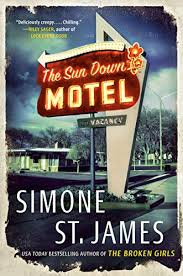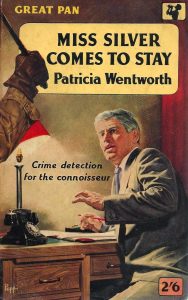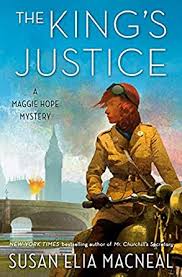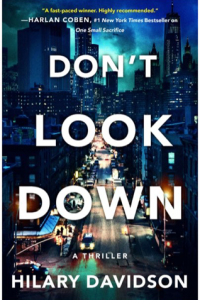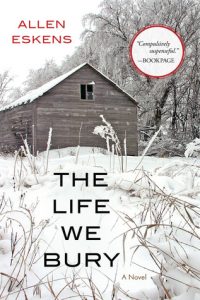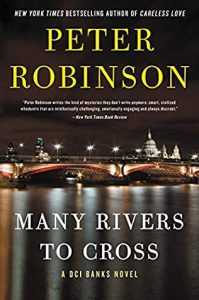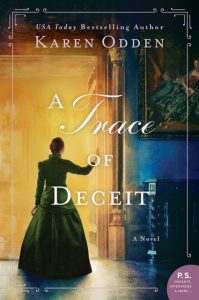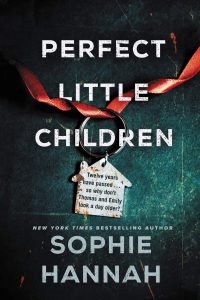Book Club Read: The Moonstone
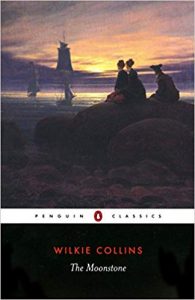 For our March book club, we’ll read Wilkie Collin’s 1871 classic, The Moonstone. We are meeting on Thursday, March 26, 6 p.m. at Seva, which is at Westgate shopping center. This book is Victorian so the writing is more flowery and detailed than you might be used to but the story it fantastic and the basis for so many other detective stories throughout history. From a review on NPR by Chitra Divakaruni in 2013:
For our March book club, we’ll read Wilkie Collin’s 1871 classic, The Moonstone. We are meeting on Thursday, March 26, 6 p.m. at Seva, which is at Westgate shopping center. This book is Victorian so the writing is more flowery and detailed than you might be used to but the story it fantastic and the basis for so many other detective stories throughout history. From a review on NPR by Chitra Divakaruni in 2013:
“I was struck by how masterfully Collins pulls together the different strands of a complicated plot. T.S. Eliot called The Moonstone “the first, the longest, and the best of the modern English detective novel.” I could see why. Reading the book was a little like seeing the Wright brothers maneuvering their first aircraft, except there was no awkward bucking, no crashes.
